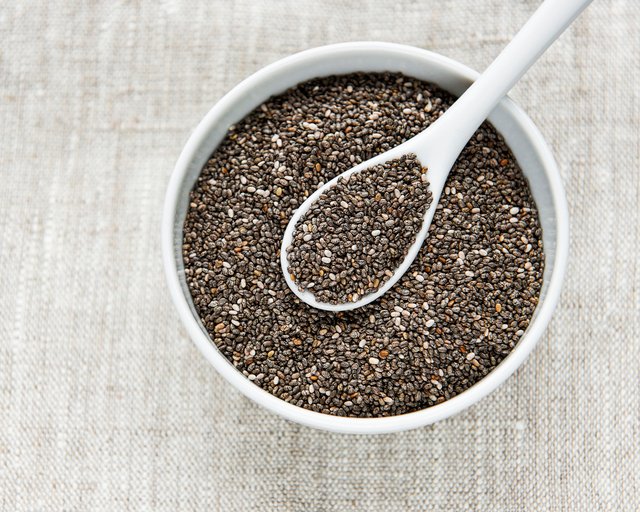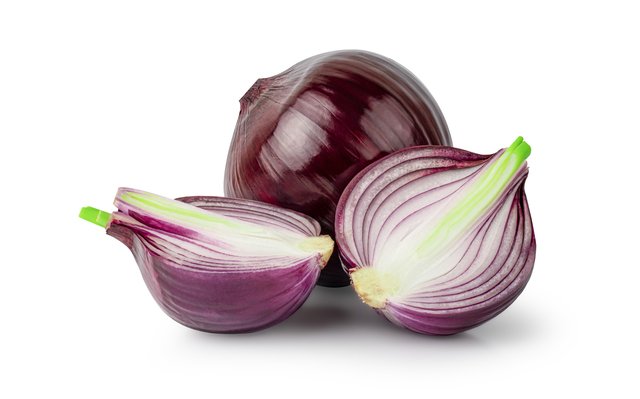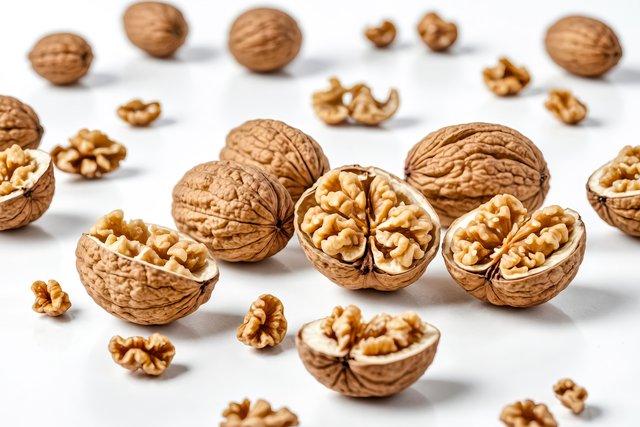In the US and Canada, a salmonella outbreak linked to cantaloupes has claimed the lives of at least ten people. Here’s what you should be aware of

Salmonella illness related to contaminated whole and pre-cut cantaloupe has affected hundreds of people in the United States and Canada and killed at least ten.
Health officials are cautioning customers, merchants, and eateries not to purchase, consume, or serve cantaloupe if they are unsure of its origin.
This is crucial for those who are caring for someone who could become really unwell from a salmonella infection. Individuals over 65, small children, and individuals with compromised immune systems are considered high-risk categories.
Because many of the infections have been serious and because casualties have included persons who ate cantaloupe provided at childcare centres and long-term care institutions, the U.S. Centres for Disease Control and Prevention are particularly worried. What is known about this outbreak is as follows:
How many individuals have fallen ill as a result of the salmonella epidemic in cantaloupe?
This outbreak has infected at least 302 persons in the United States and 153 in Canada overall. This included six fatalities and 53 hospitalisations in Canada, and four deaths and 129 hospitalisations in the United States.When did the outbreak of cantaloupe start?
The person who became ill on October 16 was the first American case, the CDC said. The most recent disease discovered was on November 28. Health officials in Canada said that illnesses occurred between mid-October and mid-November.
From whence were the cantaloupes obtained?
Two Mexican cantaloupe brands, Malichita and Rudy, that are cultivated in the Sonora region are among those connected to this outbreak. Pacific Trellis Fruit LLC of Los Angeles and Sofia Produce LLC of Nogales, Arizona—which operates under the brand name TruFresh—imported the fruit. Over 36,000 cantaloupe cases or boxes have been recalled thus far.
A melon packing business linked to the incident was temporarily halted by Mexican health officials on December 15.
Mexico is the country of origin for around one-third of all FDA-regulated human food imports into the United States, including roughly 60% of fresh produce imports. Every year, the U.S. Department of Agriculture estimates that the average American consumes roughly six pounds of cantaloupe.
How were the cantaloupes infected?
Cantaloupes are often susceptible to contamination because they are “netted” melons with rough, bumpy rinds that make it difficult to remove bacteria. However, health officials in the U.S. and Canada are still looking into this.
Animal excrement can transmit salmonella germs, which can infect fruit in a field. These bacteria are present in the intestines of animals. Water that has been contaminated can originate from irrigation, cleaning, or cooling the melons.
According to the FDA, improperly cleaned and sanitised equipment, pests in packaging facilities, and unhygienic worker behaviour can all contribute to contamination.
Strong storms and hurricanes that occurred in the late summer and early autumn in the Mexico growing region may have contributed to the floods, according to Trevor Suslow, a retired professor and produce safety expert at the University of California, Davis.
According to Suslow, if the melons are affected, the nutrients within the nubby rinds can aid in the growth of the salmonella bacterium.
The bacteria may spread from the outer layer of the rind to the inner layer or into the meat of the cantaloupe if it gets mouldy or broken. Furthermore, the germs can transfer to the flesh when the fruit is sliced, whether at home, in a grocery store, or in a processing facility.
The bacteria may be present in cut fruit stored in a tray or clamshell box. If the fruit isn’t refrigerated properly,
How do people manage cantaloupe?
Bacteria that cause sickness are hard to get rid of on cantaloupe at home. Experts in food safety advise thoroughly washing whole melons in cold water, giving them a good scrub with a clean produce brush, and letting them dry fully.
Another technique, according to Suslow, is to briefly blanch the cantaloupes in extremely hot water. Additionally, 99% less external salmonella infection was observed when common household substances like vinegar and iodine were diluted in water, according to Purdue University researchers.
According to Amanda Deering, a food scientist at Purdue University, it could be preferable for high-risk individuals to stay away from cantaloupe, particularly pre-cut cantaloupe, especially during an outbreak.
It’s important to realise that some meals can be really harmful to your health, she continued.
“We just assume that our food is safe as consumers,” the woman remarked. “You don’t want to believe that a cantaloupe will make you feel better.”







